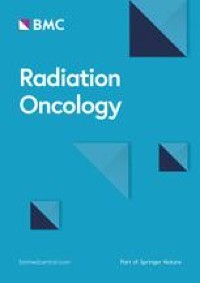Abstract
Background and aims
Diabetes mellitus (DM) is one of the most prevalent chronic non-communicable diseases globally, and the only way to reduce its complications is good glycemic control. Insulin remains the only approved treatment for type 1 DM (T1DM) and is used by many with Type 2 DM (T2DM). Carbohydrate counting is considered the ideal way to calculate meal-related insulin doses since it allows greater flexibility in diet and could, in some people, reduce the burden of the disease.
This systematic review's primary objective was to assess carbohydrate counting efficacy in reducing glycated hemoglobin (HbA1c) and safety by not increasing hypoglycemia risk, inducing an increase in body weight or blood lipids, and reducing the quality of life of people with T1DM.
Methods
We included randomized controlled clinical trials with a parallel-group design comparing any carbohydrate counting forms with standard care or other forms of dietary advice or insulin dose calculation in people with T1DM with a follow up period of at least three months and with no restrictions in language, age, or settings. As a primary outcome, we consider the change of HbA1c within at least three months. Secondary outcomes were hypoglycemia events, body weight changes, blood lipids levels, and the total daily insulin dose. We also evaluated health-related quality of life changes and diabetes treatment satisfaction questionnaires.
Results
Data from 11 studies with 899 patients were retrieved with a mean follow of 52 ± 35.5 weeks. Carbohydrate counting is not better in reducing HbA1c, SMD – 0.24% (95%CI -0.68 to 0.21) than all dietary advice forms. However, this finding was highly heterogeneous. We identified three studies that account for most of the heterogeneity using clustering algorithms. A second analysis excluding these studies shows a meaningful HbA1c reduction, SMD – 0.52% (95%CI -0.82 to -0.23) with low heterogeneity. In the subgroup analysis, carbohydrate counting significantly reduces HbA1c compared to usual diabetes education. Carbohydrate counting doesn't relate to any substantial change in blood lipids, body weight, hypoglycemia risk, or daily insulin dose. Finally, we analyzed the effect of trial duration with HbA1c reduction and found no significant change related to time.
Conclusions
Carbohydrate counting is an efficacious technique to safely reduce HbA1c in adults and children compared to standard diabetes education. And its effect doesn't seem to change with prolonged time. Standardization in reporting important outcomes like hypoglycemia and quality of life is vital to produce comparable evidence in carbohydrate counting clinical trials.
This SR was registered in PROSPERO under code: CRD42020218499.
This article is protected by copyright. All rights reserved.









